Throughout history, the world has been home to countless ancient civilizations that left behind remarkable ruins, each shrouded in mystery and intrigue. These ancient sites offer a glimpse into the lives, cultures, and architectural prowess of our ancestors, while many questions about their purpose, construction methods, and eventual decline remain unanswered. From the towering pyramids of Egypt to the hidden city of Petra and the enigmatic Stonehenge, these ancient ruins continue to captivate archaeologists, historians, and travelers alike. In this article, we explore some of the most mysterious ancient ruins on Earth, delving into their history, significance, and the lingering enigmas that surround them.
Machu Picchu, Peru
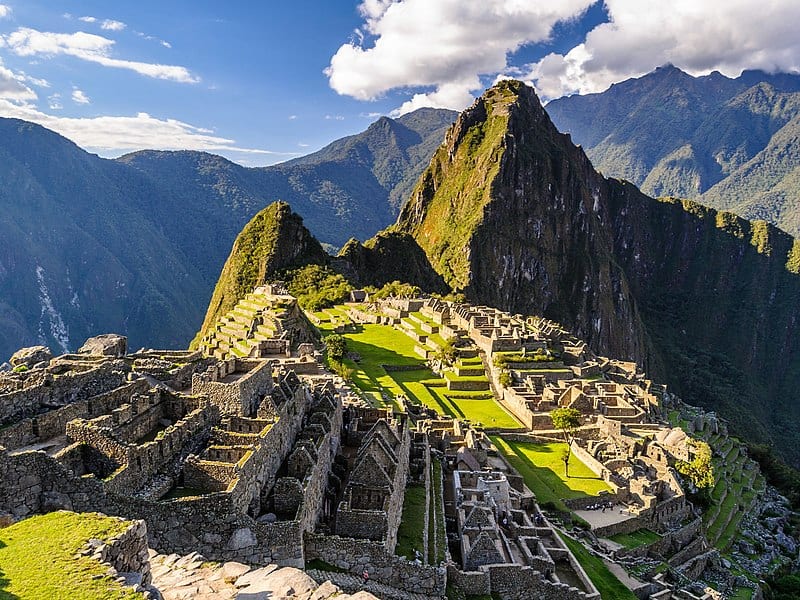
Perched high in the Andes Mountains, Machu Picchu is an ancient Incan city that remains shrouded in mystery. Its exact purpose is unknown, though theories suggest it may have been a royal estate or religious site. The architectural genius behind its construction, including perfectly aligned stones and advanced irrigation systems, continues to baffle experts. Discovered in 1911 by Hiram Bingham, it has since become one of the most iconic archaeological sites in the world. Its remote location and well-preserved ruins offer a fascinating glimpse into the Incan civilization.
Stonehenge, England

Stonehenge, a prehistoric monument in Wiltshire, England, is composed of massive standing stones arranged in a circular layout. The purpose of this enigmatic structure has puzzled historians and archaeologists for centuries. Theories range from it being an astronomical observatory to a religious site or burial ground. Its construction, dating back to around 3000 BC, showcases remarkable engineering skills, especially considering the size and weight of the stones. The site’s alignment with the solstices further adds to its mystique.
Göbekli Tepe, Turkey
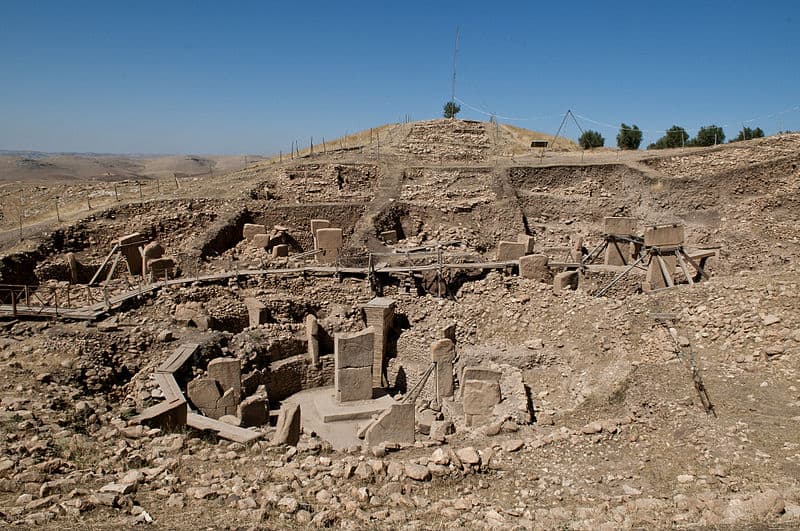
Dating back to around 9600 BC, Göbekli Tepe in Turkey is considered the world’s oldest known temple complex. Its intricately carved pillars, depicting various animals and symbols, suggest it was a site of significant ritual importance. The discovery of this site has challenged previous understandings of early human society, suggesting that organized religion may have preceded the advent of agriculture. The sheer scale and sophistication of its construction are astonishing for a time when humans were still primarily hunter-gatherers. Excavations continue to reveal more about this ancient enigma.
The Pyramids of Giza, Egypt
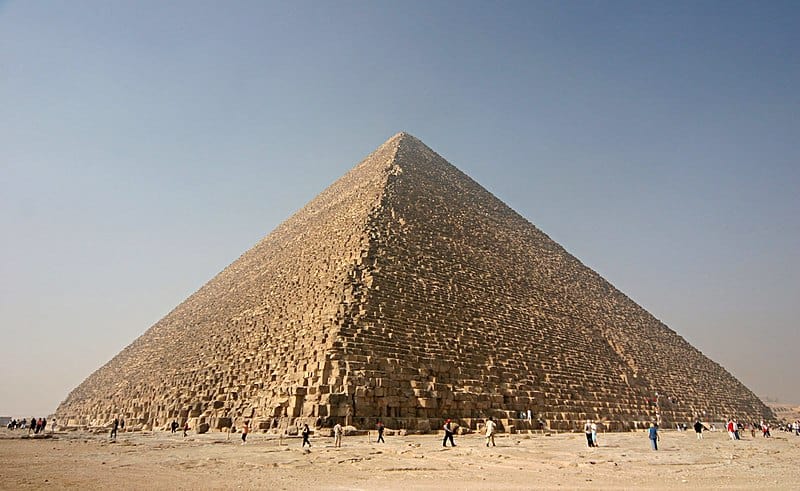
The Pyramids of Giza, especially the Great Pyramid, stand as a testament to the grandeur of ancient Egyptian civilization. Built around 2560 BC, their precise alignment and construction techniques remain a subject of awe and speculation. While they are believed to be royal tombs, the exact methods used to transport and assemble the massive stone blocks are still debated. The complex includes the Sphinx, adding another layer of mystery with its human-animal hybrid form. These monumental structures continue to inspire wonder and curiosity.
Teotihuacan, Mexico
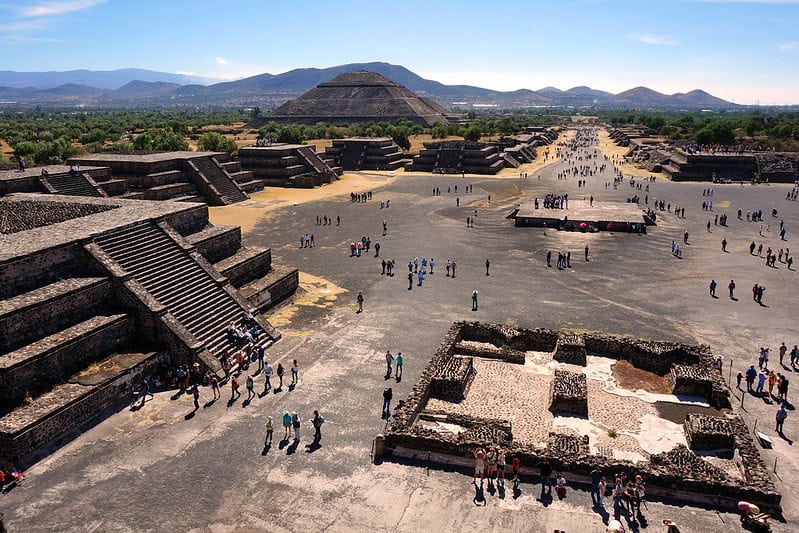
Teotihuacan, located near modern-day Mexico City, was one of the largest cities in the ancient world at its peak. The identity of its builders remains unknown, and its sudden decline around 550 AD adds to the intrigue. The city is famous for its grand pyramids, including the Pyramid of the Sun and the Pyramid of the Moon, aligned with astronomical phenomena. The discovery of mica in its structures and hidden tunnels suggests advanced knowledge and possible religious or ceremonial significance. Its influence extended throughout Mesoamerica, leaving a lasting legacy.
Petra, Jordan

Petra, the ancient city carved into rose-red sandstone cliffs, is renowned for its stunning architecture and hidden location. Once the capital of the Nabataean Kingdom, it thrived due to its strategic position along trade routes. The city’s most iconic structure, the Treasury, hints at the wealth and artistry of its inhabitants. Despite its grandeur, much of Petra’s history and the extent of its civilization remain obscure. Rediscovered in 1812 by Johann Ludwig Burckhardt, it continues to captivate visitors and researchers alike.
Easter Island, Chile
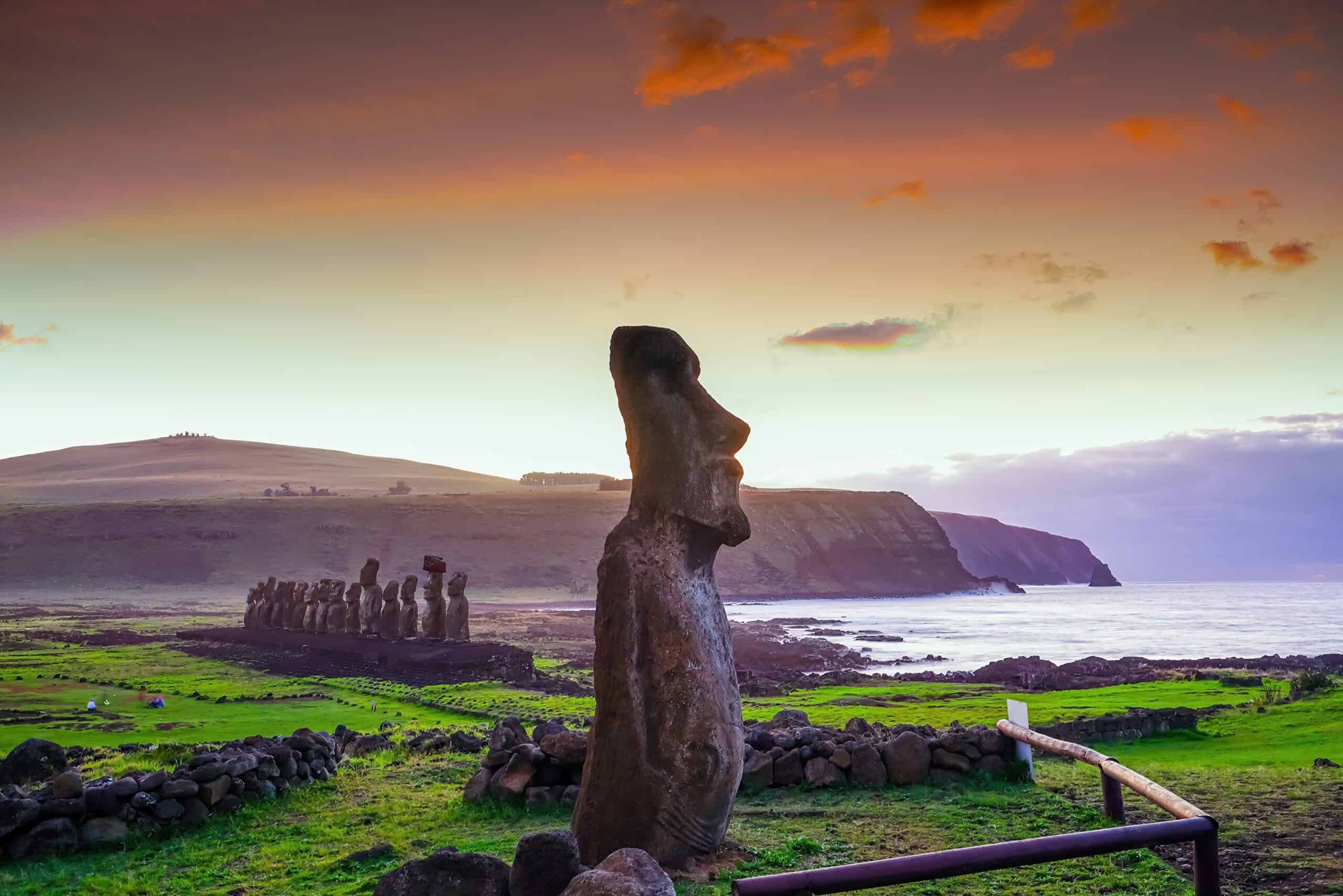
Easter Island, or Rapa Nui, is famous for its colossal stone statues known as moai, which dot the island’s landscape. The creation and transportation of these massive figures, some weighing up to 82 tons, are still not fully understood. The island’s isolation in the Pacific Ocean adds to the mystery, as does the sudden decline of its civilization. The moai are believed to represent ancestors, but the methods and reasons behind their construction are subjects of ongoing debate. The island’s unique history and enigmatic statues continue to intrigue archaeologists.
Mohenjo-Daro, Pakistan
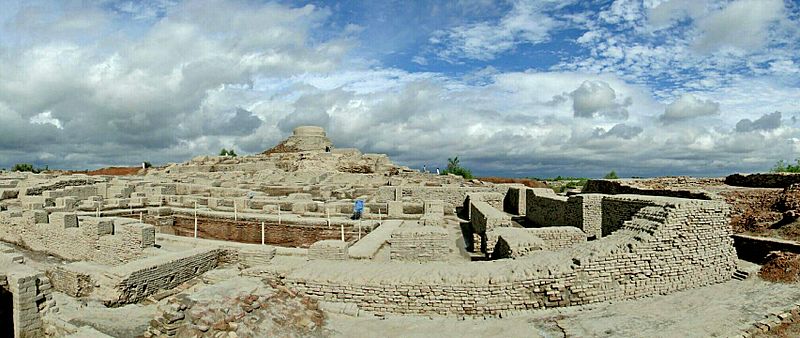
Mohenjo-Daro, a major city of the ancient Indus Valley Civilization, flourished around 2500 BC. Its advanced urban planning, including a sophisticated drainage system and grid layout, indicates a highly organized society. Despite its significance, much about the city and its people remains unknown, including their writing system, which has yet to be deciphered. The reasons for its decline and eventual abandonment around 1900 BC are also unclear. The site, discovered in the 1920s, continues to provide valuable insights into one of the world’s earliest urban cultures.
Angkor Wat, Cambodia
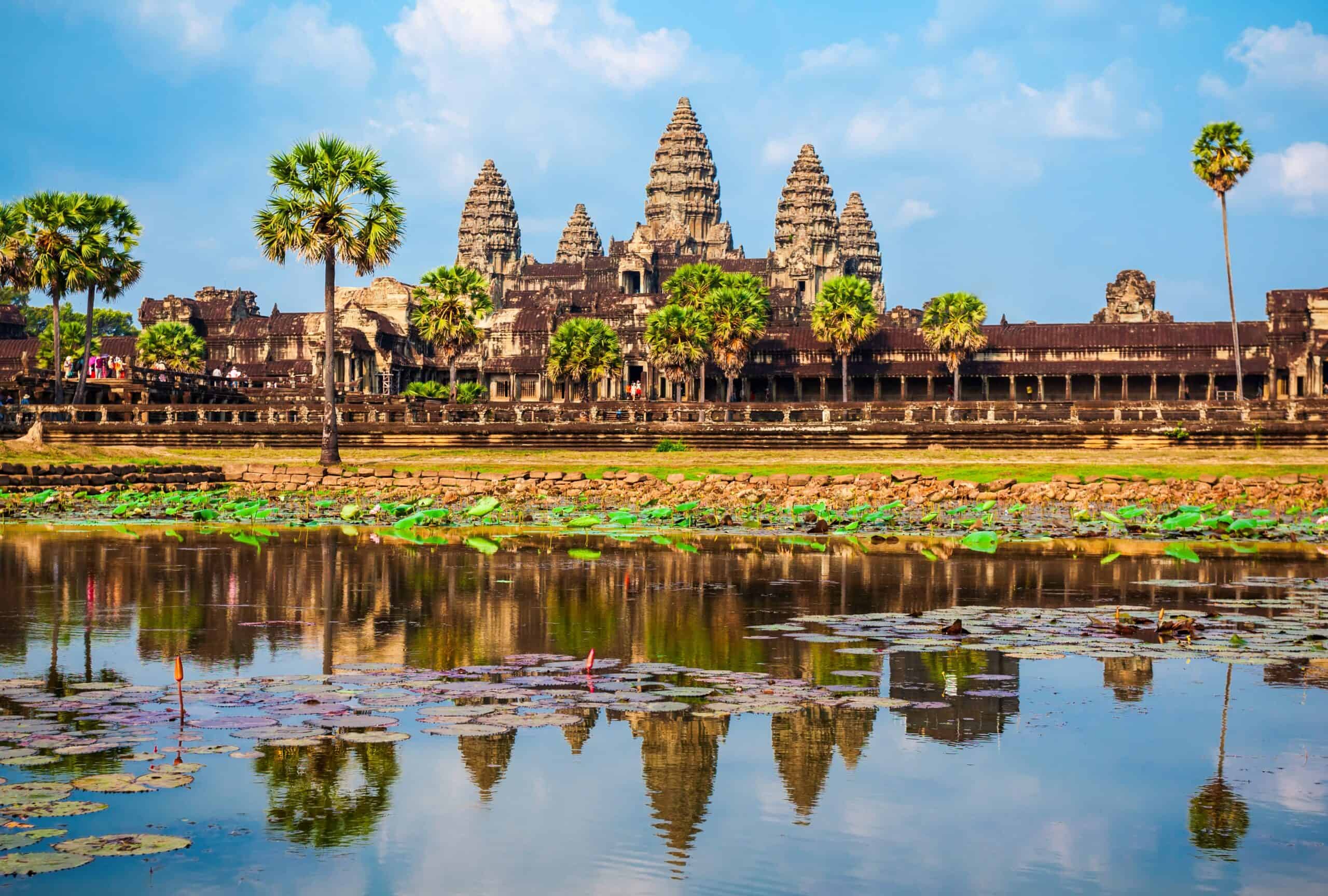
Angkor Wat, originally a Hindu temple dedicated to Vishnu, is the largest religious monument in the world. Built in the early 12th century by King Suryavarman II, it later became a Buddhist temple. Its intricate bas-reliefs and towering spires are architectural marvels, representing the height of Khmer art and culture. The reasons behind the fall of the Angkor Empire in the 15th century remain a topic of research and speculation. The vast complex, surrounded by jungle, exudes an air of ancient grandeur and mystery.
Nazca Lines, Peru

The Nazca Lines, a series of large geoglyphs etched into the desert floor, are one of the most intriguing archaeological mysteries. Created between 500 BC and 500 AD, these lines depict various animals, plants, and geometric shapes. Their purpose remains uncertain, with theories ranging from astronomical calendars to religious rituals. The sheer scale and precision of these geoglyphs, visible only from the air, continue to baffle scientists. The cultural significance and methods used by the Nazca people in creating these designs are still under investigation.
Tikal, Guatemala
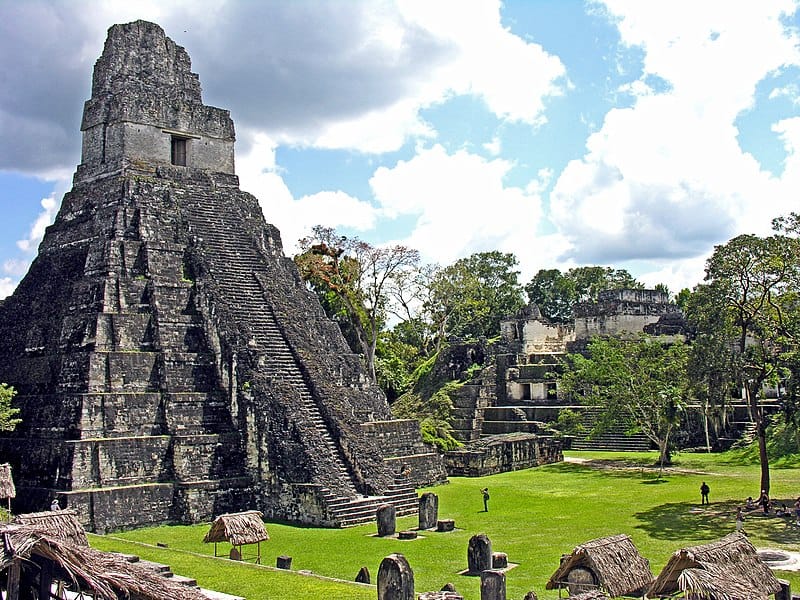
Tikal, one of the largest ancient Maya cities, was a powerful political and cultural center during the Classic Period. Its impressive pyramids, temples, and plazas are surrounded by dense rainforest, adding to its enigmatic allure. The city was mysteriously abandoned in the late 9th century, and the reasons behind its decline remain unclear. Excavations have revealed extensive knowledge of astronomy, mathematics, and architecture among the Maya. Tikal’s ruins offer a glimpse into the complexity and grandeur of the Maya civilization.
Hampi, India
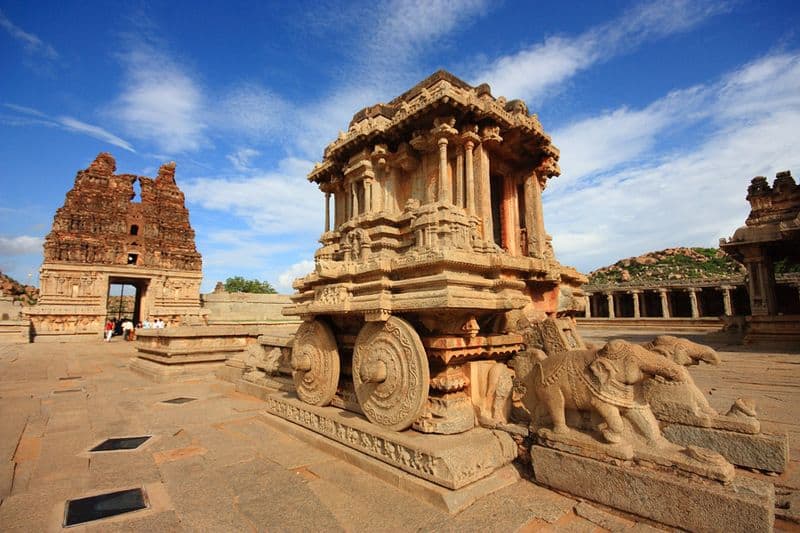
The ruins of Hampi, the former capital of the Vijayanagara Empire, are spread over a vast area in southern India. The city flourished in the 14th century, known for its wealth, grandeur, and architectural splendor. Its intricate temples, palaces, and market streets hint at a highly advanced and prosperous society. Despite its significance, Hampi was abandoned after a devastating defeat in 1565, leading to its decline. The site, now a UNESCO World Heritage Site, continues to reveal the brilliance of the Vijayanagara Empire.
Palmyra, Syria
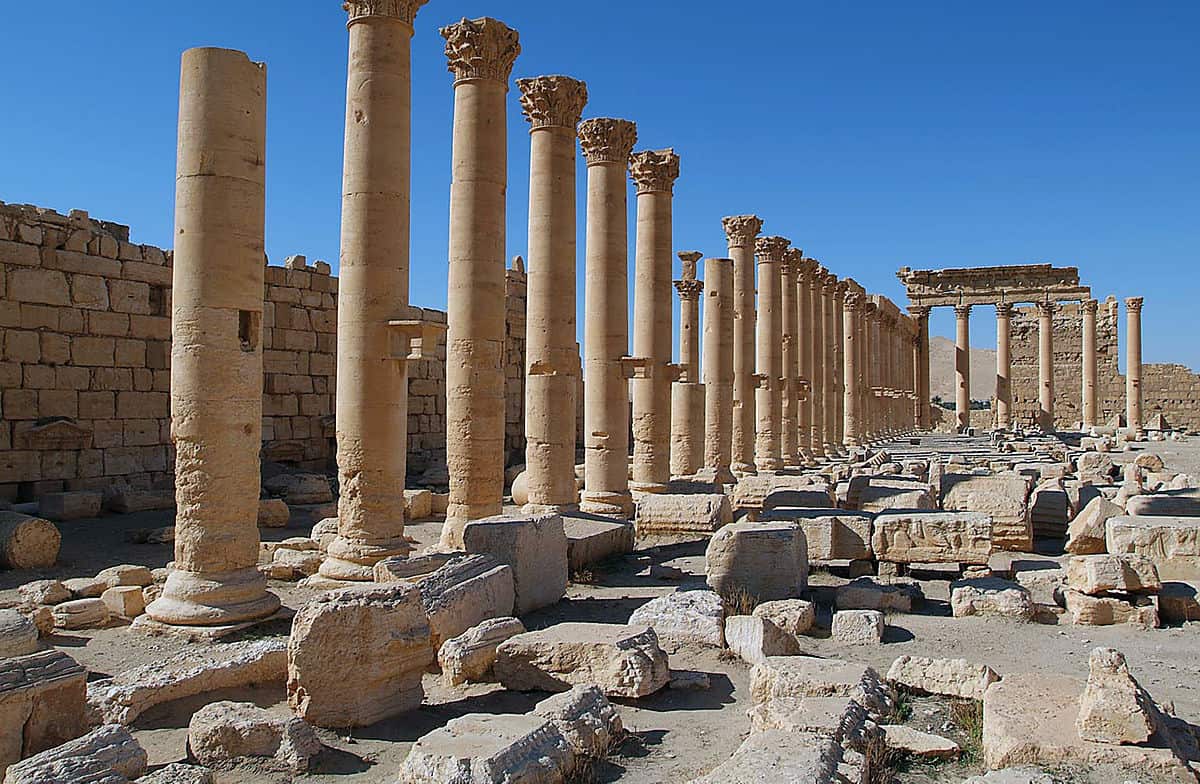
Palmyra, an ancient city in modern-day Syria, was a vital trade hub linking the Roman Empire with Persia, India, and China. Its grand colonnades, temples, and theaters reflect a blend of Greco-Roman and Persian influences. The city’s wealth and strategic importance made it a cultural melting pot. However, its prosperity ended abruptly in the 3rd century due to political and economic turmoil. Recent conflicts have further endangered this historical treasure, highlighting its fragile legacy.
Chavín de Huantar, Peru
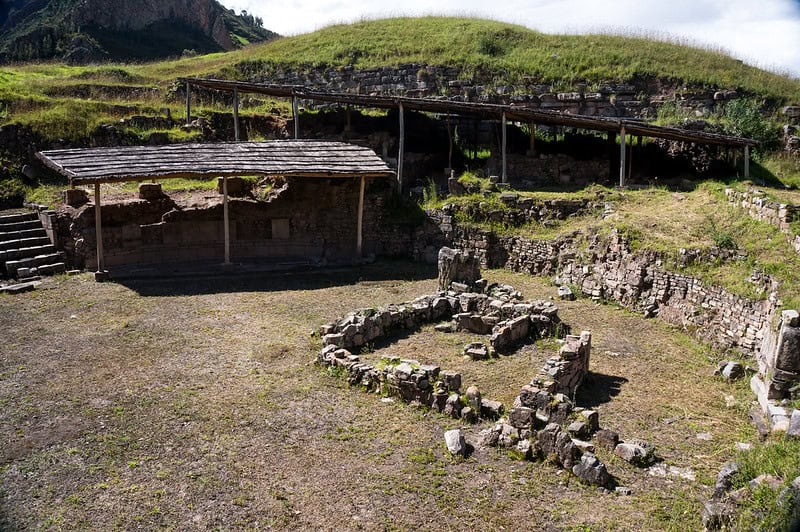
Chavín de Huantar, a pre-Incan archaeological site in the Andes, dates back to around 900 BC. It served as a major religious center, attracting pilgrims from across the region. The site features impressive stone carvings, subterranean passageways, and a unique drainage system. Its distinctive art style and complex iconography have puzzled archaeologists for decades. The Chavín culture’s influence on subsequent Andean civilizations is profound, yet many aspects of its society remain elusive.
Great Zimbabwe, Zimbabwe
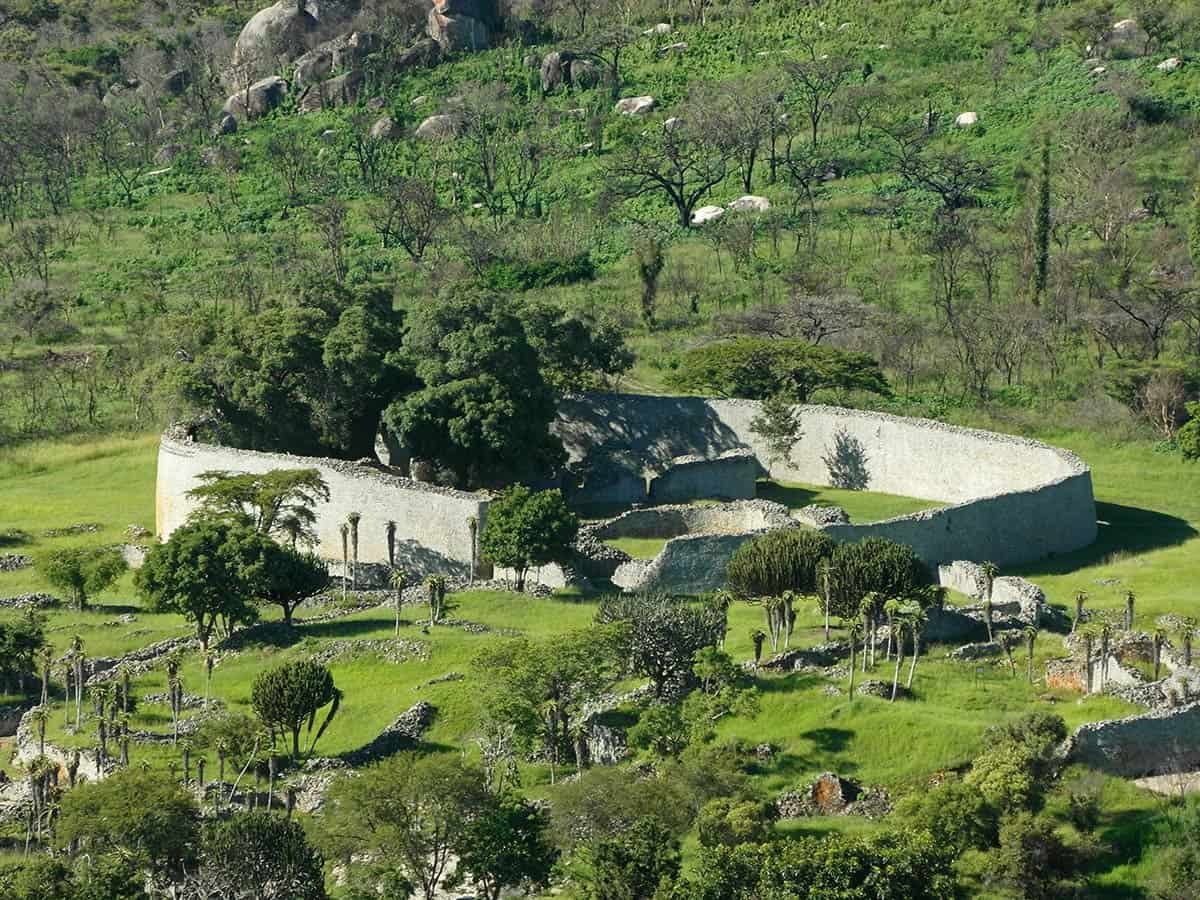
Great Zimbabwe, the ancient capital of the Kingdom of Zimbabwe, flourished between the 11th and 15th centuries. Its massive stone walls, built without mortar, demonstrate remarkable architectural skills. The complex includes the Great Enclosure, a massive circular wall, and the Hill Complex, believed to have been the royal residence. The reasons for its abandonment in the 15th century are still debated, with theories ranging from environmental changes to political instability. The site remains a symbol of African heritage and ingenuity.
Ephesus, Turkey

Ephesus, an ancient Greek city on the coast of Ionia, was one of the largest cities of the Roman Empire. Known for the Temple of Artemis, one of the Seven Wonders of the Ancient World, it was a major center of commerce and culture. The city’s well-preserved ruins include a grand theater, libraries, and marble-paved streets. Ephesus was abandoned after repeated invasions and natural disasters in the late Byzantine era. Its ruins continue to attract scholars and tourists, offering insights into ancient urban life.
Skara Brae, Scotland
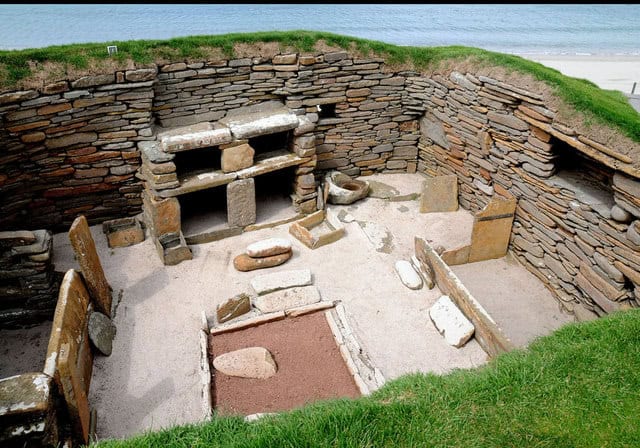
Skara Brae, a Neolithic settlement on the Orkney Islands, dates back to around 3180 BC. The site includes well-preserved stone houses with furniture, tools, and artwork, providing a rare glimpse into prehistoric life. Skara Brae was buried under sand for millennia, preserving its structures almost intact. The reasons for its sudden abandonment remain unknown, adding to its mystery. It is often referred to as the “Scottish Pompeii” due to its exceptional state of preservation.
Tiwanaku, Bolivia
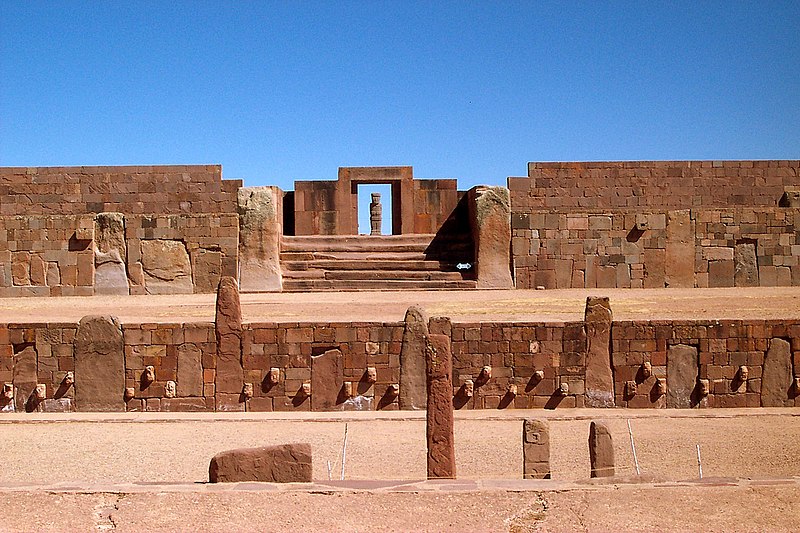
Tiwanaku, an ancient city near Lake Titicaca, was a major center of the Tiwanaku Empire from 300 to 1000 AD. Its monumental architecture, including the Akapana Pyramid and the Gateway of the Sun, showcases advanced engineering and astronomical knowledge. The city’s decline around 1000 AD is attributed to climatic changes and resource depletion. Tiwanaku’s influence extended throughout the Andean region, shaping subsequent cultures. The site remains a focal point of research into pre-Columbian civilizations.
Baiae, Italy
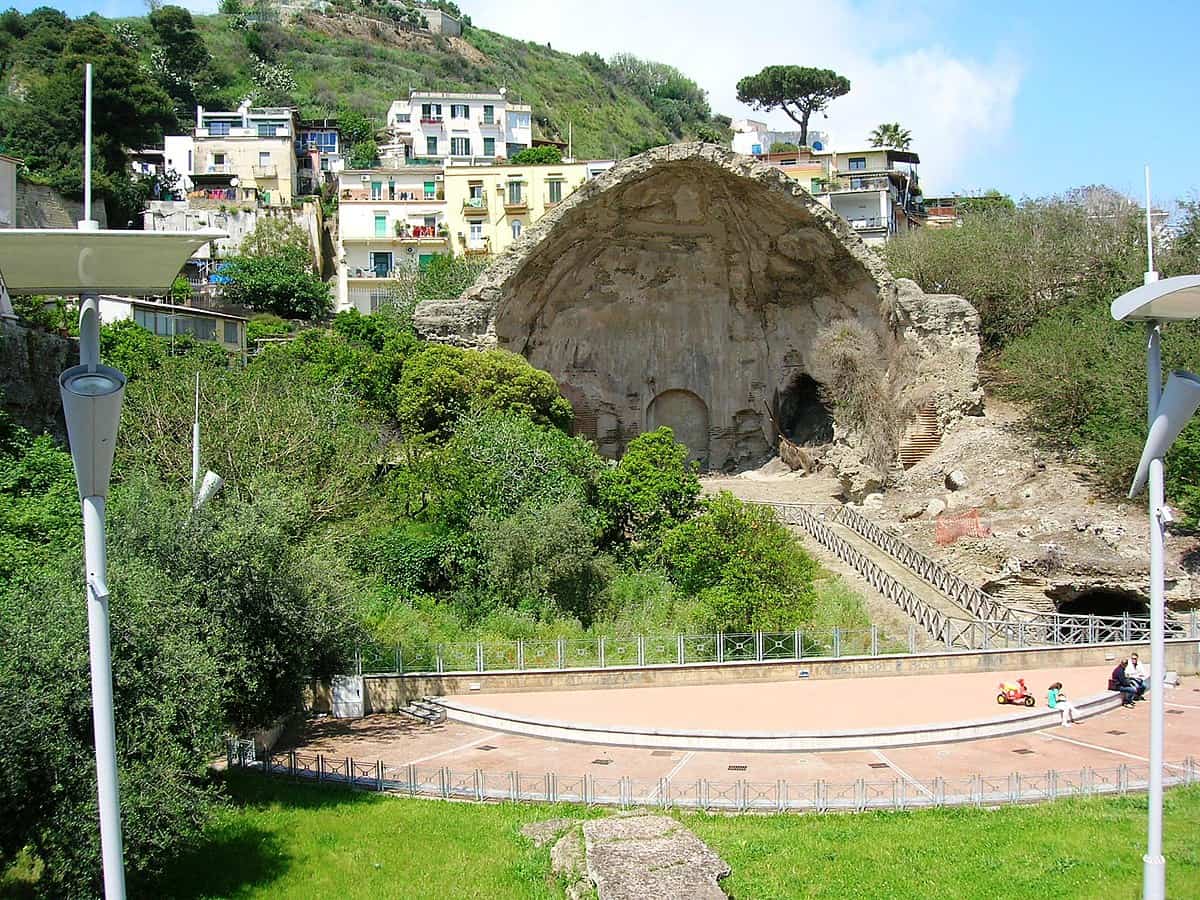
Baiae, an ancient Roman resort town on the Bay of Naples, was known for its luxurious villas and thermal baths. The town’s remains, now submerged underwater due to volcanic activity and rising sea levels, offer a unique glimpse into Roman leisure culture. Baiae was a favorite retreat for Rome’s elite, including emperors and senators. Its decline began in the 8th century due to Saracen raids and malaria outbreaks. Today, it is a popular site for underwater archaeology and diving.
Derinkuyu, Turkey
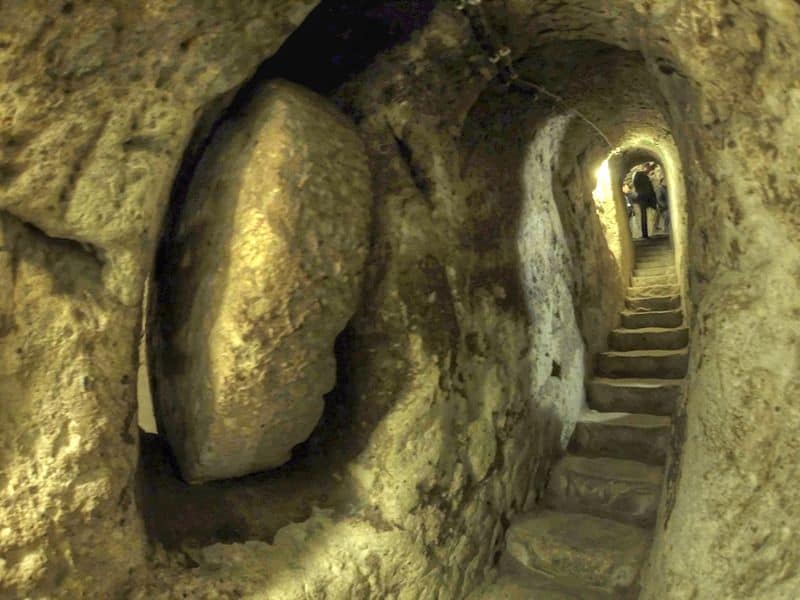
Derinkuyu is an extensive underground city in the Cappadocia region of Turkey, carved out of soft volcanic rock. Believed to have been used as a refuge during invasions, it could house up to 20,000 people with facilities including kitchens, stables, and chapels. The city, discovered in 1963, dates back to the 8th century BC and was used by various civilizations over millennia. Its depth and complexity, with multiple levels extending up to 85 meters underground, are astounding. The reasons for its construction and the full extent of its network remain subjects of ongoing exploration.
This article originally appeared on Rarest.org.
More From Rarest.Org
1958 Washington Quarter Value Guide

The 1958 Washington quarter is among the US coins made of silver before the US Mint decided to turn most coins to base metals. Thus, if you’re looking for a silver coin, then one of your options would be the 1958 Washington quarter. Read more.
Food festivals around the world offer a unique glimpse into the culinary traditions and cultural celebrations of different regions. From the chaotic fun of La Tomatina in Spain to the sophisticated indulgence of the Salon du Chocolat in Paris, these events bring together locals and visitors to share in the joy of food. Read more.
Rabbits come in a variety of breeds, each with its unique traits and characteristics. Some rabbit breeds are rare and possess distinct features that make them stand out. Read more.


